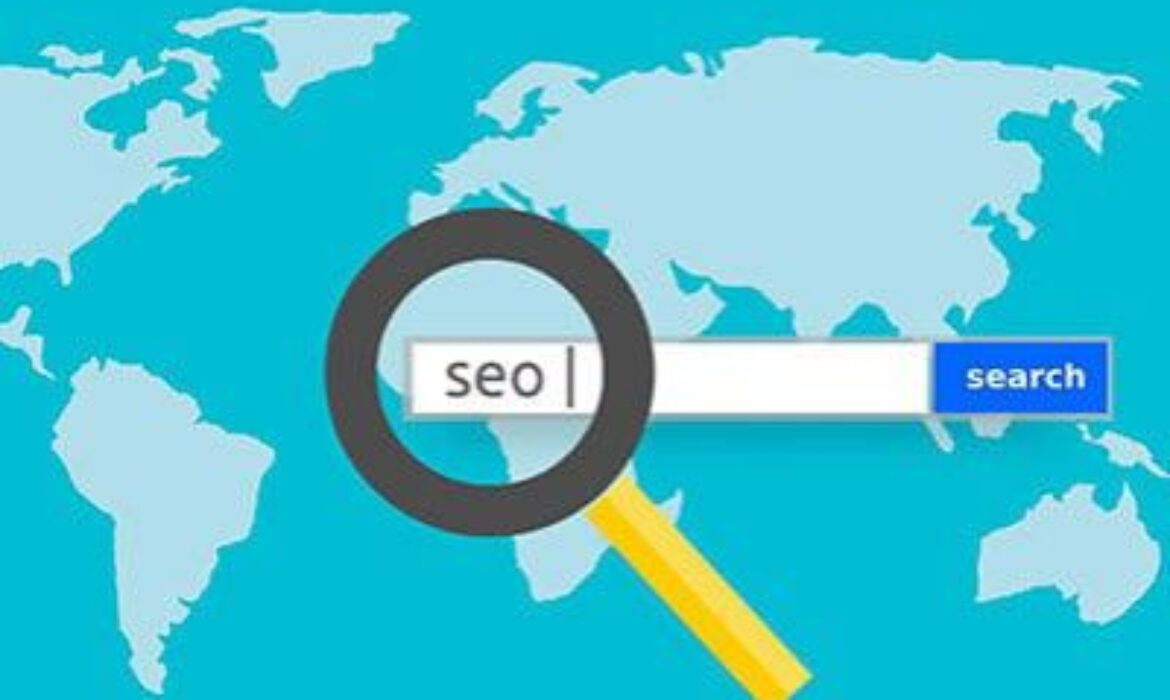The Ever-Evolving Landscape of Local SEO: A Guide
Change is the only constant in the world of SEO, and it’s no secret that staying competitive in the market requires a strong and dynamic local SEO strategy. Local search has transformed the SEO landscape, making it more essential than ever for businesses to optimize their online presence for local audiences.
Did you know that as much as 46% of all Google searches are local in nature? What’s more, over 50% of “near me” searches have resulted in physical store visits, and nearly a third of all online consumers in the U.S. search for local businesses on a daily basis. This shift in search behavior underscores the significance of local SEO in today’s digital age.
Building a Successful Local SEO Plan: Where to Begin
1. Register for a Google My Business (GMB) Account
Embarking on a successful local SEO journey starts with registering for a Google My Business (GMB) account. It’s not just about having an account; it’s about optimizing it for maximum results. Here’s how to get started:
- Ensure your address is accurate and complete.
- Be specific about your service area.
- List all relevant business categories.
- Optimize your introduction for a compelling first impression.
- Verify your GMB listing through a PIN sent by Google to your physical address.
2. Optimize Your GMB Listing Continuously
Your GMB profile is a dynamic asset that requires ongoing attention. Providing comprehensive information about your business improves your chances of ranking well in local searches. Here’s what to focus on:
- Accurate NAP (Name, Address, Phone) details.
- Explore all available category options.
- Work on on-page optimization, as it’s a significant ranking factor.
- Consider including your target keywords in your business name for added visibility.
3. Invest in High-Quality Photos
In today’s digital landscape, visuals matter. When potential customers search for businesses on platforms like Google My Business and Google Maps, photos often take center stage in search results. To entice customers to visit your physical store or choose your services, invest in professional photographs and optimize their EXIF metadata. Key metadata to add includes your physical address, geographic location tags, latitude and longitude details, service information, business category, and target keywords.
4. Strengthen Your Citations
Citations continue to play a pivotal role in local SEO, serving two primary functions: validating your business information and driving targeted traffic. Strengthen your online presence by listing your business in prominent and relevant directories in your city or region. Not only does this increase your exposure in the local market, but it also enhances the credibility of your business.
5. Develop a Robust Content Strategy
Content remains king in the digital realm. Relevant content can generate three times as many leads as paid advertisements, making it an essential component of your local SEO strategy. To boost your online visibility, create a diverse mix of content, including informative articles and local SEO-focused content that adds value to your customers’ experience.
By embracing these strategies and adapting to the ever-evolving world of local SEO, you can ensure that your online presence remains strong, resilient, and relevant to your local audience.

